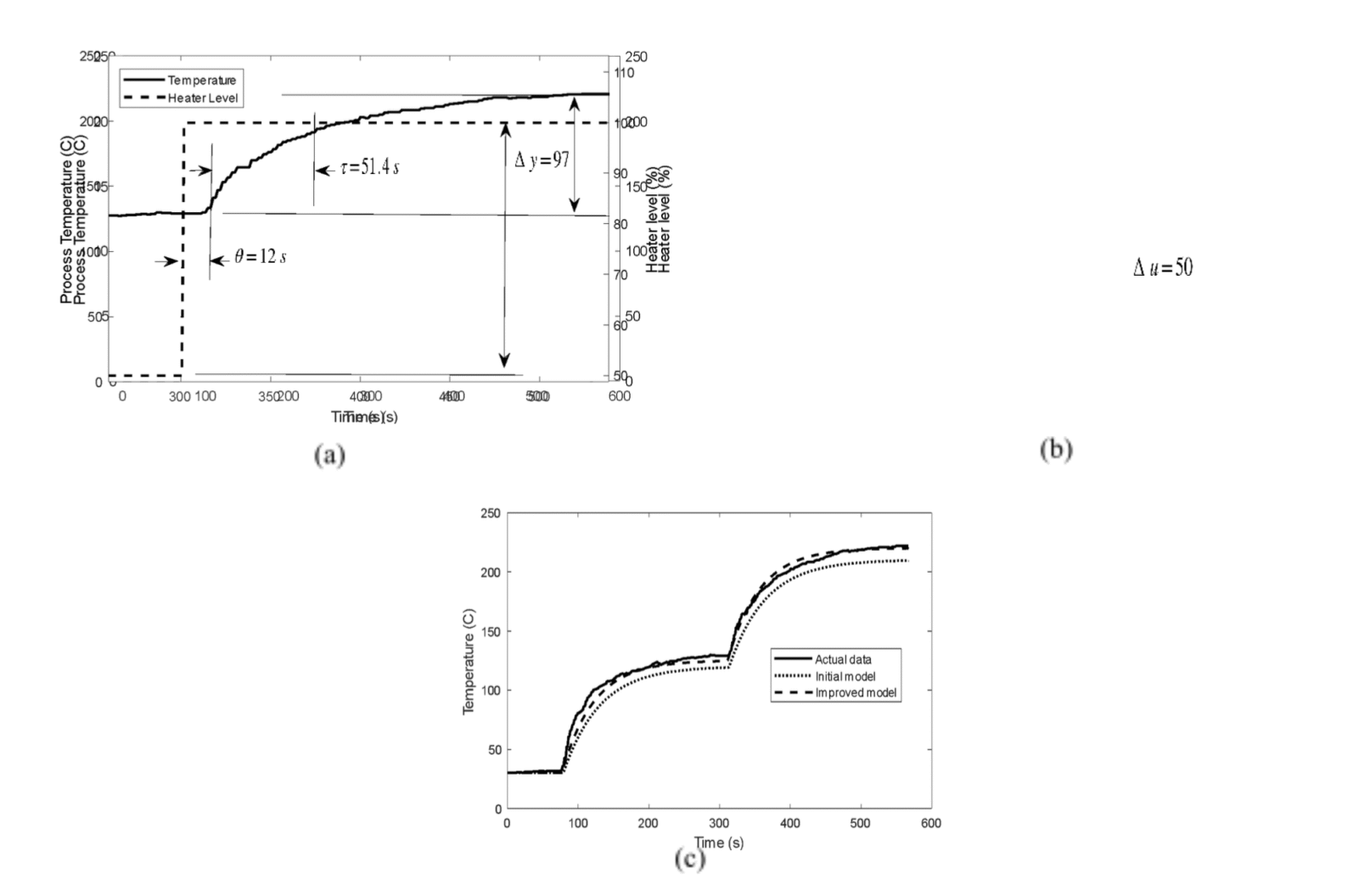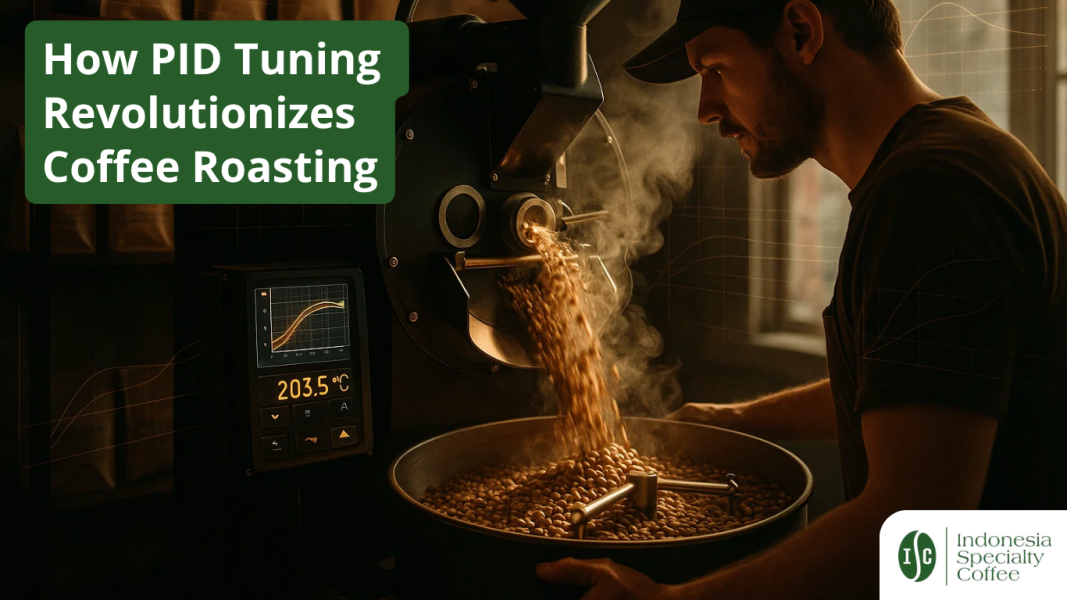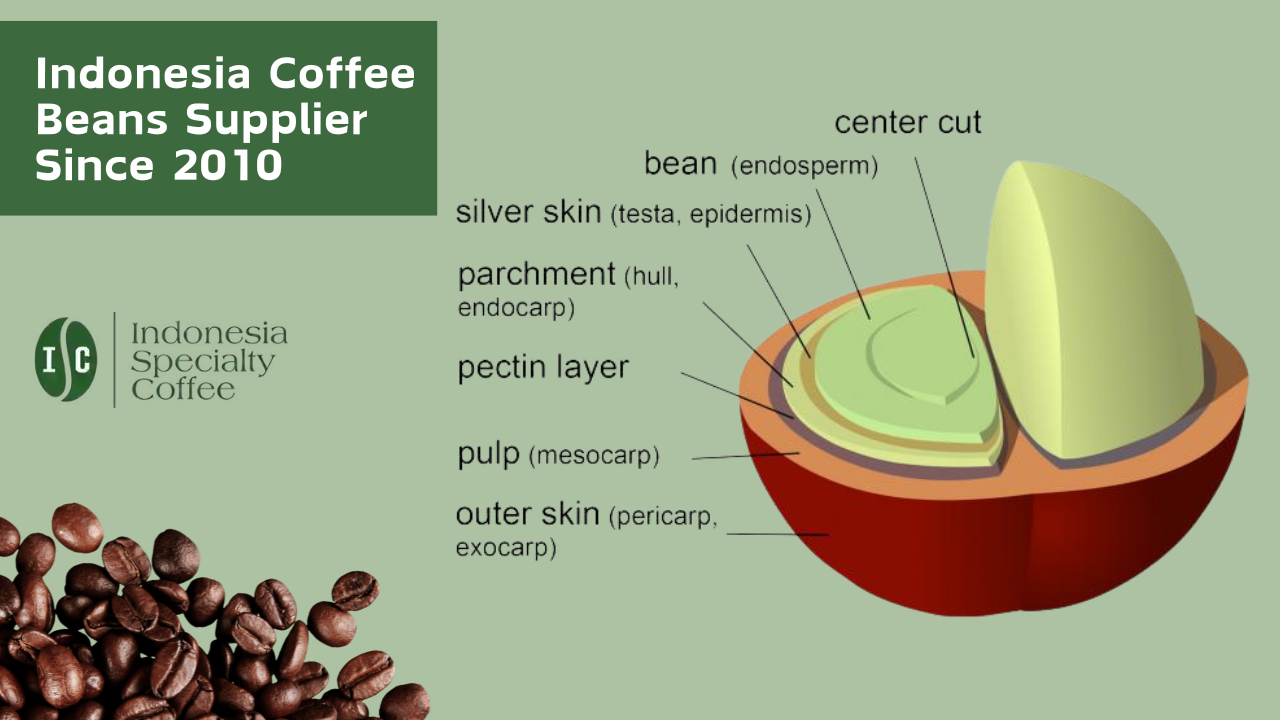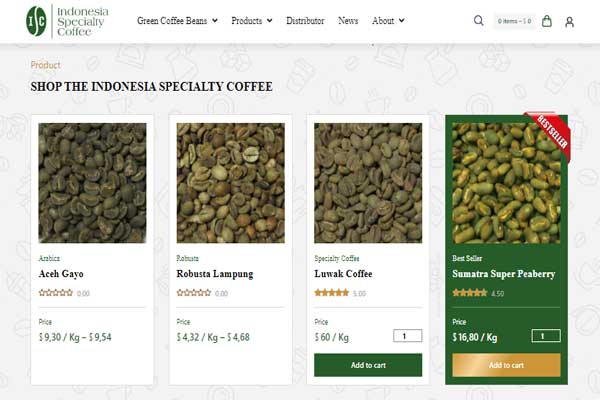The Secret Behind That Heavenly Aroma: Why Coffee Roasting Needs Precision
Ever wondered why your favorite café’s coffee tastes so much better? The secret often lies in PID tuning coffee roasting—a process that guarantees consistency and flavor in every batch. Imagine waking up to the intoxicating scent of freshly roasted coffee, only to take a sip and realize something’s off. The answer lies deep within the heart of every roaster: the PID controller—the unsung hero behind every consistently delicious batch.
Coffee roasting isn’t just an art. It’s a science built on temperature, timing, and a precise dance of heat and chemistry. Nearly every note of flavor in your cup, from deep chocolatey richness to bright floral top notes, is crafted in those few critical minutes inside the roaster. But here’s the twist: to achieve perfection, modern roastmasters rely on PID tuning—an approach that blends human intuition with data-driven technology.
What Is PID Controller Tuning—And Why Should Coffee Lovers Care?
Demystifying the Process: PID in Plain English
PID stands for Proportional-Integral-Derivative. Think of it as the autopilot for your coffee roaster—a controller that constantly adjusts heat, ensuring the beans follow a perfect time-temperature curve. If the temperature veers off course due to sudden changes (maybe you open the roaster, or the ambient air shifts), a well-tuned PID snaps things back on track. The better the tuning, the more reliably you get that signature roast profile.
But here’s where things get personal: if your favorite roaster uses poorly tuned PID settings, your beans might taste burnt, sour, or flat—batch after batch. No one wants to start their day with disappointment, right?
Related reading:

Figure 1. Coffee Roasting Plant Based on Fresh Roast SR500
The Three Most Popular PID Tuning Methods in Coffee Roasting
1. Ziegler-Nichols Method: The Classic Approach
The Ziegler-Nichols method is the “old-school” way of PID tuning. It’s straightforward but can lead to a bumpy ride, especially if conditions change or if you’re aiming for a delicate roast. While this method often yields quick results, it tends to overshoot temperatures, resulting in inconsistent batches.
2. Cohen-Coon Method: The Steady Hand
Cohen-Coon brings more finesse, especially if your roasting setup experiences slow, gradual changes. If you like experimenting with different beans or roast profiles, this method can help the system adapt without too many surprises.
3. AMIGO Method: The Modern Maestro
AMIGO tuning is like upgrading from a bicycle to a sports car. This method, built for today’s high-precision roasting, dramatically reduces temperature overshoot and recovers from disturbances swiftly. In recent studies, AMIGO outperformed the other methods for both quick adjustments and maintaining steady heat during the roast.
Quick Comparison Table
| Tuning Method | Best For | Downside |
|---|---|---|
| Ziegler-Nichols | Fast setup, basic roasters | Risk of overshooting |
| Cohen-Coon | Slow, steady temp changes | Not great for surprises |
| AMIGO | Consistency, modern specialty roast | Needs careful setup |

Figure 2. Temperature Response from Open-Loop Test
Why Precise Roasting Is the Heartbeat of Specialty Coffee
When PID controllers are tuned just right, every coffee bean gets an equal chance to develop its full potential—unlocking flavors that dance on your palate. Think silky Sumatran, vibrant Aceh Gayo, or mysterious Luwak coffee; all rely on precision at this stage. Want to taste the difference? Try exploring スマトラコーヒー or the unique world of Kopi Luwak—each roast is a testament to process control.
Learn more:
- How to Brew Your Kopi Luwak Right
- インドネシアコーヒーの豊かで多様な風味を探る
- A Simple Guide to Gayo Coffee: The Popular Indonesian Coffee

Figure 3. Realization of the PID Controller in MATLAB-SIMULINK
Real Results: What the Science Says About PID Tuning in Coffee Roasting
A comprehensive assessment found that AMIGO-tuned PID controllers deliver:
- Lowest temperature overshoot (less risk of burning)
- Shortest recovery after disturbances (more stable roasting)
- Superior set-point tracking (essential for replicating that “perfect cup”)
Meanwhile, if you’re roasting with gradual set-point changes (maybe slowly increasing the temp for a light roast), Cohen-Coon edges out the rest.

Figure 4. Transient Response of the System During Step Test

Figure 5. System Response Toward Load Disturbance

Figure 6. Controller Response During Set-Point Tracking Test

Figure 7. Controller Response Given Slow Varying Set-Point Change
Takeaway: Your Next Cup Starts With Science and Passion
Coffee roasting is more than pushing buttons—it’s the meeting point of tradition, technology, and the pure joy of discovery. Whether you’re a café owner, a home enthusiast, or just someone who loves that first sip in the morning, understanding PID tuning puts you closer to the heart of great coffee.
So next time you enjoy a cup that lifts your mood and lingers on your senses, remember: it’s not luck. It’s the science of precision, tuned with care.
Ready to taste the difference?
Explore curated Coffee Sampler Packs or discover how Indonesian Coffee Industry is evolving with technology.
Which tuning method does your local roaster use? Maybe it’s time to ask—and taste the answer in your next cup.








